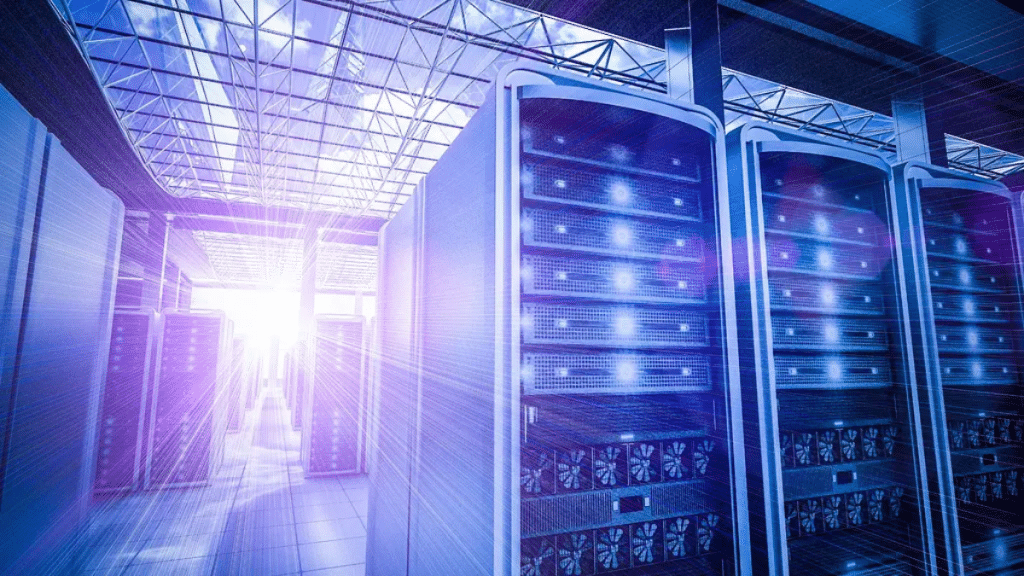Introduction:
Companies in the modern digital era create and use massive volumes of data. Many businesses use colocation services to safeguard the uptime, safety, and efficiency of their IT systems. In this piece, we will define colocation services, explain how they function, and discuss why they are so important for today’s enterprises.
What Colocation Services Are and How They Work
As a form of hosting, colocation, or “colo,” allows organizations to put their dedicated servers, networks, and other infrastructure in a data center operated by a third-party. Companies can save money by using colocation services from a third-party supplier rather than building and operating their own data center.
Colocation Mechanisms:
Companies that use colocation services move their dedicated hosted servers and other hardware to the data center. The colocation service provider provides a safe, climate-controlled space with access to utilities. Hosting devices can count on constant uptime and top-notch performance thanks to these services.
Main Gains from Using Colocation Services:
First, there is increased reliability since data centres designed for colocation use several sources of electricity, have backup generators, air conditioning, and security systems. This infrastructure ensures continuous service by protecting against power failures, climate change, and unauthorized access that could otherwise halt production.
Second, better connectivity alternatives are available from several colocation service providers. Businesses can take use of fast internet connections, alternative network pathways, and minimal latency thanks to the central location of these facilities in relation to network service providers. This equates to streamlined communication, enhanced usability, and uninterrupted service for important programs.
Third, flexibility and scalability are provided by colocation services, allowing firms to grow their infrastructure as required. Space and capacity issues are eliminated as businesses are free to add or remove servers and other equipment as needed. Because of this scalability, organizations may respond to shifting demands without incurring the high startup costs and navigating the complex logistics of establishing and growing their own data centers.
In addition to saving money, organizations can save a lot of money by using colocation services instead of building and maintaining their own data centers. Instead, they just pay for the resources they really utilize, such as the square footage, electricity, cooling, and internet access. Colocation facilities can save money on utilities and upkeep because to their shared infrastructure and efficient operations.
Information on Colocation Racks and Cabinets
The foundation for organizing and storing physical dedicated servers, networking devices, and other gear is provided by racks and units, which are the core elements of data centers & colocation facilities.
Racks: Racks are metal frames built for the purpose of safely housing and organizing electronic devices used in the information technology industry. The width and height of these racks are normally standardized to accommodate a wide range of dedicated / physical server and networking equipment. One rack unit (U) is equal to 1.75 inches (4.45 cm), hence common widths are 19 inches or 23 inches, while height is defined in rack units (U).
Mounting rails in racks can be adjusted to accommodate a wide variety of device sizes. In addition, they have a number of holes spaced evenly along the vertical rails for the purpose of mounting various pieces of equipment in a variety of locations. Steel or aluminium are common choices for rack construction due to their strength and ability to withstand the heft of the equipment.
Units of rack space (U):
Typically, the vertical height or dimensions of equipment housed in a rack is expressed in terms of the rack unit, shortened as U. The standard depth of a rack unit is 1.75 inches (4.45 cm). Rack units are a unit of measurement for the vertical depth of a device or component of equipment. A 2U server, for instance, would require 8.9 centimetres (3.5 inches) of vertical rack space.
If you want to know how much equipment you can fit into a rack, or how densely you can pack it, you need to know the rack unit measurement. It’s useful for designing a data centre or colocation facility’s layout to maximize efficiency and cut down on unnecessary square footage.
Three Rack and Unit Advantages:
Whenever it comes to managing and arranging IT equipment, racks and modules provide a number of advantages.
Equipment can be stacked vertically in racks, making better use of the available floor space. Using the standardized U measures, data canters can better design and manage resources without leaving unnecessary empty space or congestion.
Racks facilitate the installation and management of equipment by providing a standardized framework through which to do so. Predetermined rack unit measurements and mounting rails simplify the process of installing and maintaining rack-mounted equipment. It reduces the complexity of cable management, boosts ventilation, and makes it easier to service and upgrade devices.
Racks are built with venting and airflow administration in mind, so they are more efficient at keeping things cool. Perforated doors, cable organization choices, and hot-aisle/cold-aisle layouts are just a few of the measures used to keep things cool and stop expensive machinery from overheating.
Data centers rely on racks and units, which provide a systematic and manageable framework for storing and operating their IT hardware. Simple setup, upkeep, and scalability are all made possible by the uniformity and interoperability of all devices thanks to the uniformity of rack widths and rack units.
Co-location is a good choice for business looking for high level of data storage and security.
Angela Spearman is a journalist at EzineMark who enjoys writing about the latest trending technology and business news.
